In any enterprise, IT or otherwise, infrastructure monitoring and management are extremely crucial. A drop in performance or a failure of a machine can lead to significant delays. For that reason, there’s a constant need for eyes on the overall infrastructure to ensure smooth operations.
One of the best ways to gauge the overall health of infrastructure is by monitoring key performance indicators (KPI). It’s an extension of the different types of system and security monitoring operations that can basically give an executive summary of how the overall infrastructure is doing. It can also make it easier for management to make important decisions.
Infrastructure Monitoring vs. Management: What’s the Difference?
Before we talk about the main KPIs and how they can help your business, let’s take a moment to differentiate infrastructure monitoring and management. Infrastructure monitoring comprises tracking and analyzing different parts and processes within the IT infrastructure. It’s actually a component of infrastructure management.
Monitoring provides key data for infrastructure managers to make decisions and direct teams to make the necessary changes to optimize performance as well as use resources efficiently. Infrastructure management is the big picture stuff, and it relies on infrastructure monitoring a lot.
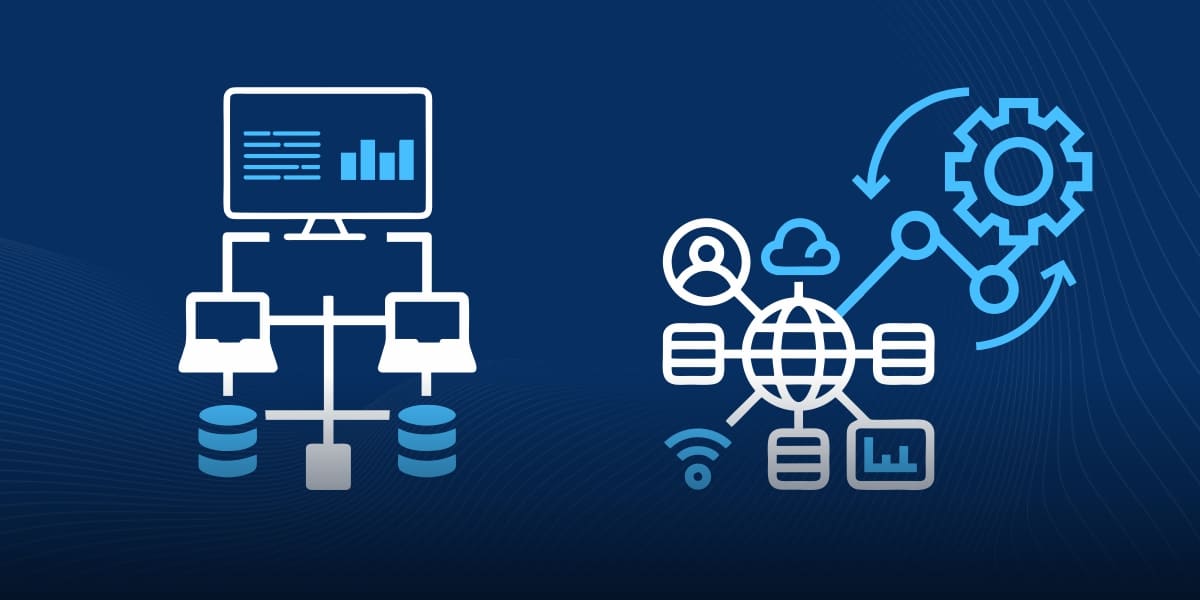 Main KPIs for Infrastructure Management
Main KPIs for Infrastructure Management
The KPIs can vary by the nature and niche of the enterprise, but there are some KPIs that universally apply to all IT departments. It’s important to understand them and even prioritize them as per your business needs. So what are some of these KPIs:
- Project Completion Rate: This KPI indicates how many projects have been completed on time, as well as within the budget. A higher rate proves good project management, whereas a low rate indicates poor project management and/or DevOp operations. This KPI is all the more relevant for IT businesses.
- IT Return on Investment (ROI): The resources you’re putting into the IT infrastructure, are they delivering any return? For this, don’t just rely on revenue and costs, but also incorporate other metrics to get a better idea because some returns may be in performance or security, not revenue.
- Average Issue Handle Time: It’s normal to face problems with the IT infrastructure from time to time. But how much time does it take for the relevant team to fix the issues? If technical problems take too long, it’s time to implement better protocols or supplement the support team.
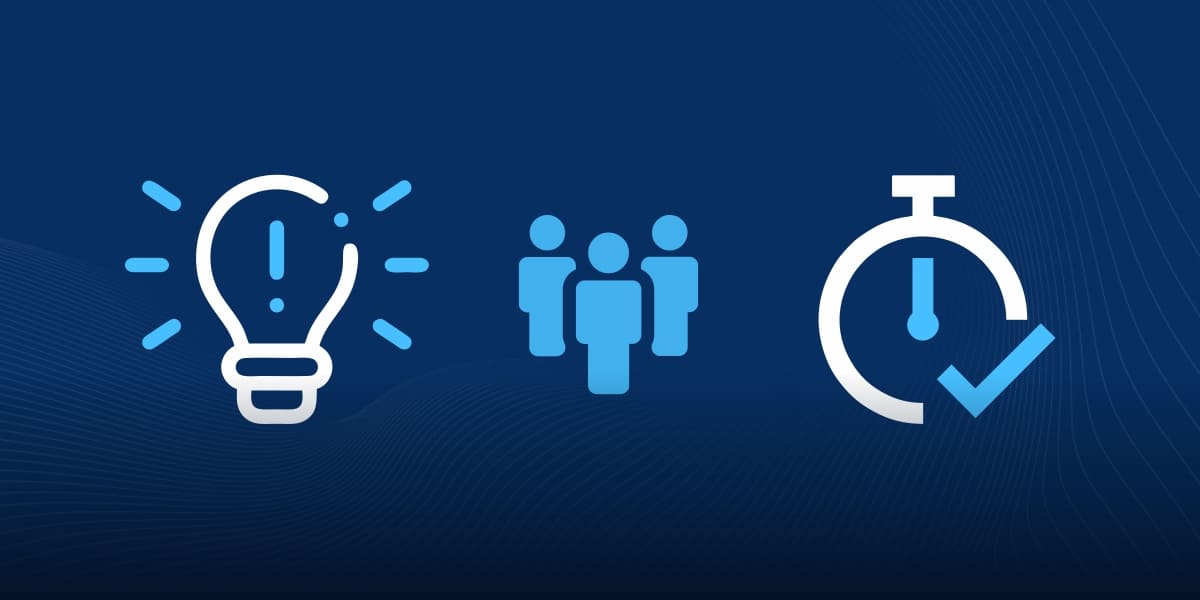
- Mean Time Between Failure (MTBF) and Mean Time To Repair (MTTR): These KPIs are similar to the last one as they show how much time, on average, it took from failure to resolution or failure to recovery. The former usually applies to software while the latter to hardware.
- Server Downtime or Uptime: Whether you’re using in-house servers or from a provider, keeping an eye on uptime is important. Ideally, you want it to be 100 percent, but even an uptime of 99.99 percent is acceptable and reliable.
How Monitoring KPIs Improves Infrastructure Management?
Just reading some of the KPIs for infrastructure management can give you an idea of how important they are and how extensive their reach is in terms of analyzing infrastructure health and efficiency. Here are some of the reasons why you should assign KPIs as benchmarks and use quality monitoring tools to measure them.
Even Performance
When you have a large environment, you need to use monitoring to track all processes and what’s going on. Your IT infrastructure is essentially like a human body. If one system or component doesn’t work, it can negatively impact others. And with different systems and IT-related departments in an enterprise so interconnected, monitoring KPIs can help ensure reliable performance on all fronts.
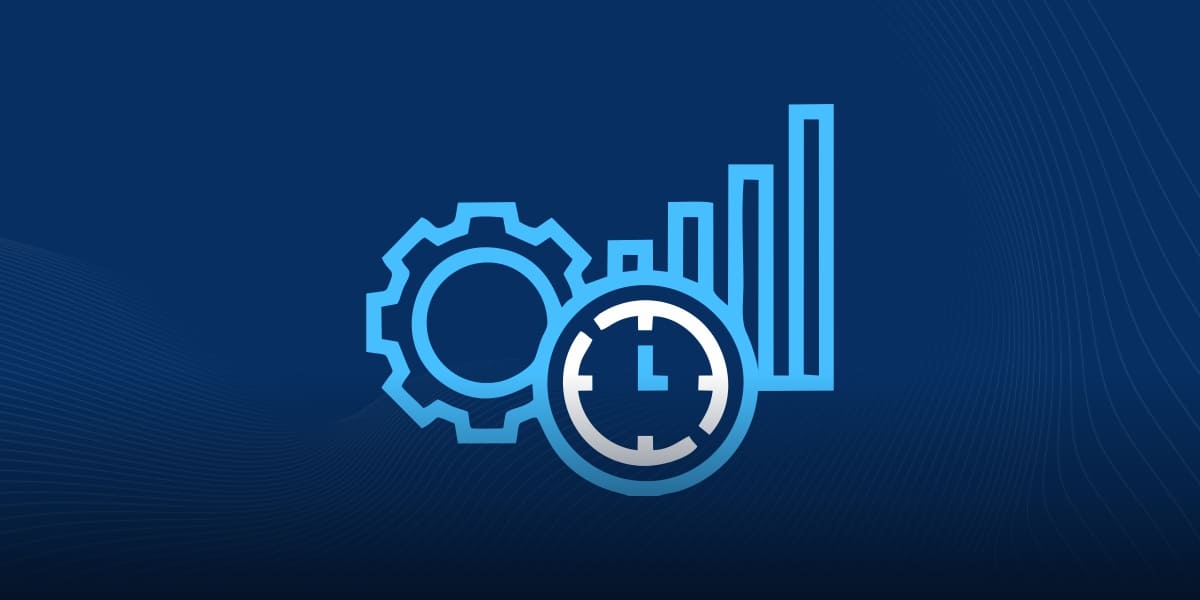 Timely Upgrades
Timely Upgrades
Monitoring, in general, and the KPIs it produces can help you upgrade hardware and software on time. Some KPIs like MTBF and MTTR can make lifecycle management of hardware, warranty checks, hardware configurations, upgrades, etc., easier. You know which components need your attention or perhaps need to be retired.
It can even help ensure timely upgrades to configuration or choosing applications that are compatible. Check configs and if the application does not meet with the configs, you need to upgrade. With KPIs in sight, infrastructure managers can make decisions preemptively when upgrading and buying new software.
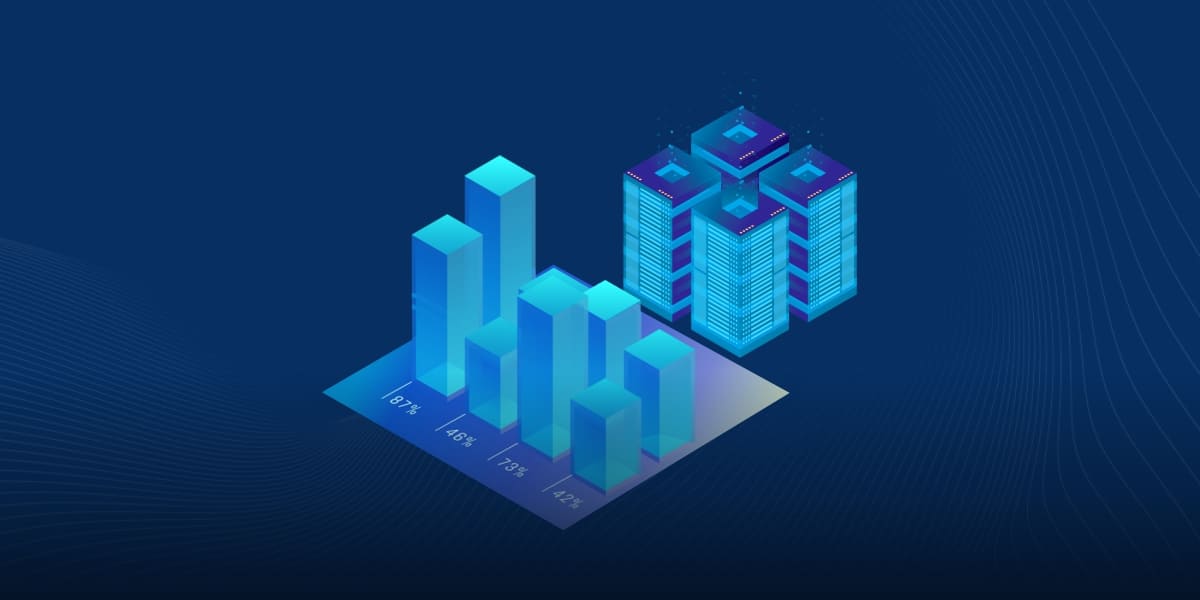 Performance and Security Benchmarks
Performance and Security Benchmarks
KPIs can simplify creating benchmarks for infrastructure performance as well as a security state. While your monitoring software does all the hard work by going through data, collecting relevant information, and presenting it as digestible KPIs, you can easily set benchmarks to compare KPIs against.
This makes things easier for managers and executives, as, with just one report, they can tell how the infrastructure is performing and how close or far it is from the set benchmarks. It can also help fix SMART goals and adjust benchmarks according to those goals.
Robust Security
It doesn’t matter how good your systems perform and how high your revenue is if your security is lackluster. It takes only one attack to bring an enterprise to its knees. Ensuring foolproof security is a key component of infrastructure management. The overall picture of the security state of infrastructure can be represented by some KPIs. If those KPIs are low, perhaps there are flaws in security provisions.
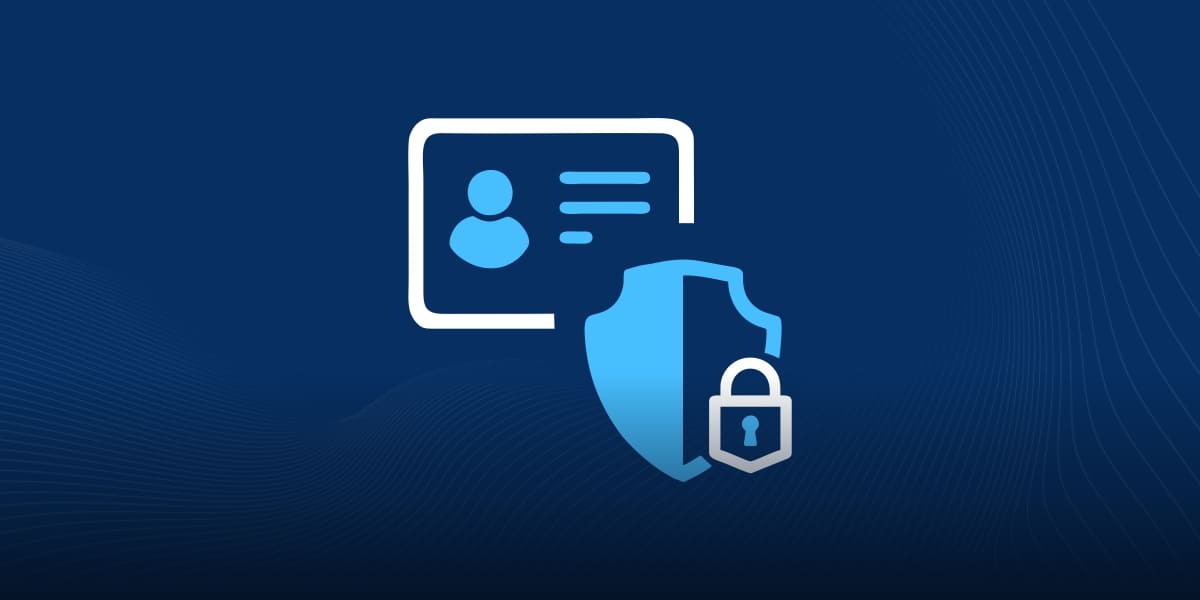 Measured Expenditure
Measured Expenditure
KPIs can also help not under or overspend money, especially the KPI Spend vs. Plan. It can ensure that you get the best out of the money you pour in and do that where it’s needed the most. Monitoring, preventing data loss and corruption, can also prevent revenue loss, allowing us to invest back more into the infrastructure.
Conclusion
Here’s the deal: KPIs, and the right KPIs, can make infrastructure management a breeze. Tens of metrics can be presented in a single KPI. That concise data representation can make decision-making easier. Of course, it all comes down to effective monitoring.
Using mainstream operating systems or server monitoring tools may not cut it. What you need is a dedicated monitoring solution like that by VirtualMetric. From server monitoring to log analysis, each product produces the important KPIs needed by managers.

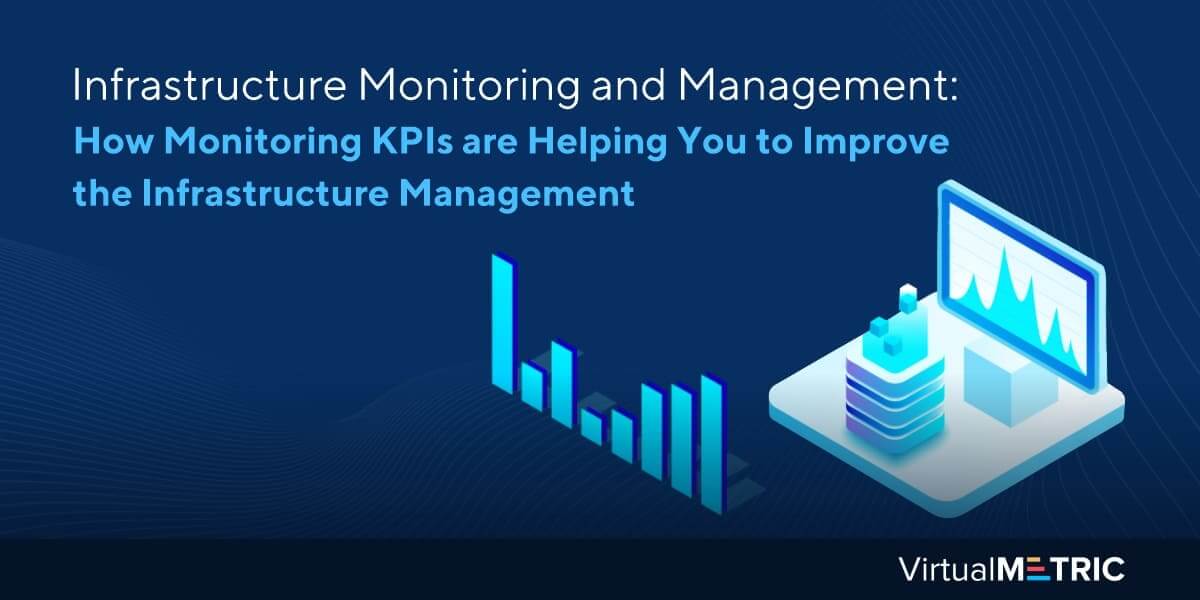
Leave a Reply